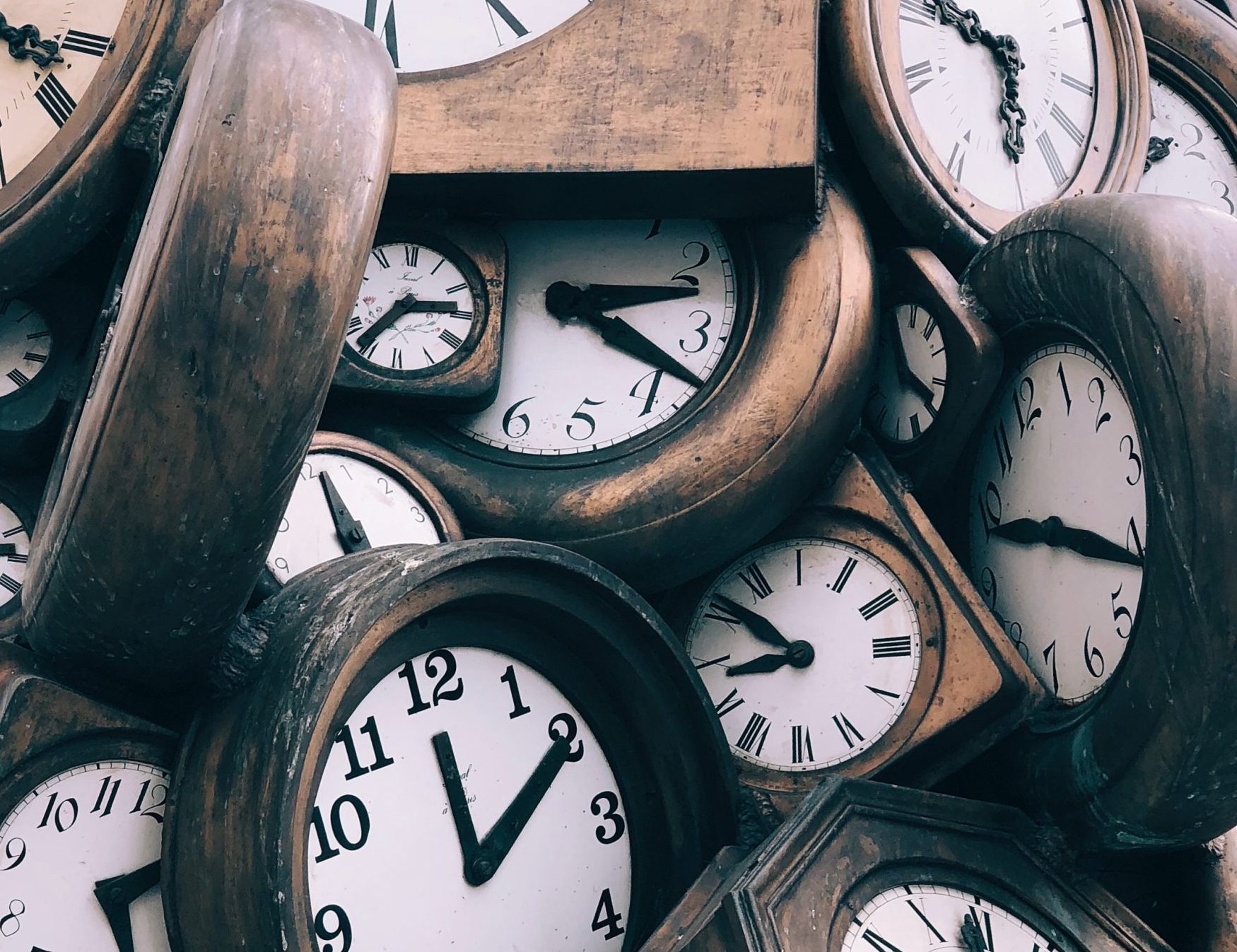
Time Ontology in OWL
This standard developed to describe the temporal properties of any resource denoted using a web identifier (URI), including web-pages and real-world things if desired. OWL-Time focusses particularly on temporal ordering relationships. OWL-Time also supports other representations of temporal position and duration, including temporal coordinates (scaled position on a continuous temporal axis) and ordinal times (named positions or periods).
Documents
| Document title | Version | OGC Doc No. | Type |
|---|---|---|---|
| Time Ontology in OWL | 1.0 | 16-071r3 | IS |
Official model files and encoding schemas
Related links
| Document title | Version | OGC Doc No. | Type |
|---|
Overview
Temporal information is important in most real world applications. For example, the date is always part of an online order. When you rent a car it is for specific dates. Events in the world occur at specific times and usually have a finite duration. Transactions occur in a sequence, with the current state of a system depending on the exact history of all the transactions. Knowledge of the temporal relationships between transactions, events, travel and orders is often critical. OWL-Time has been developed in response to this need, for describing the temporal properties of any resource denoted using a web identifier (URI), including web-pages and real-world things if desired. OWL-Time focusses particularly on temporal ordering relationships. While these are implicit in all temporal descriptions, OWL-Time provides specific predicates to support, or to make explicit the results of, reasoning over the order or sequence of temporal entities. OWL-Time was developed in the Spatial Data on the Web Working Group (a joint activity involving W3C and the OGC).